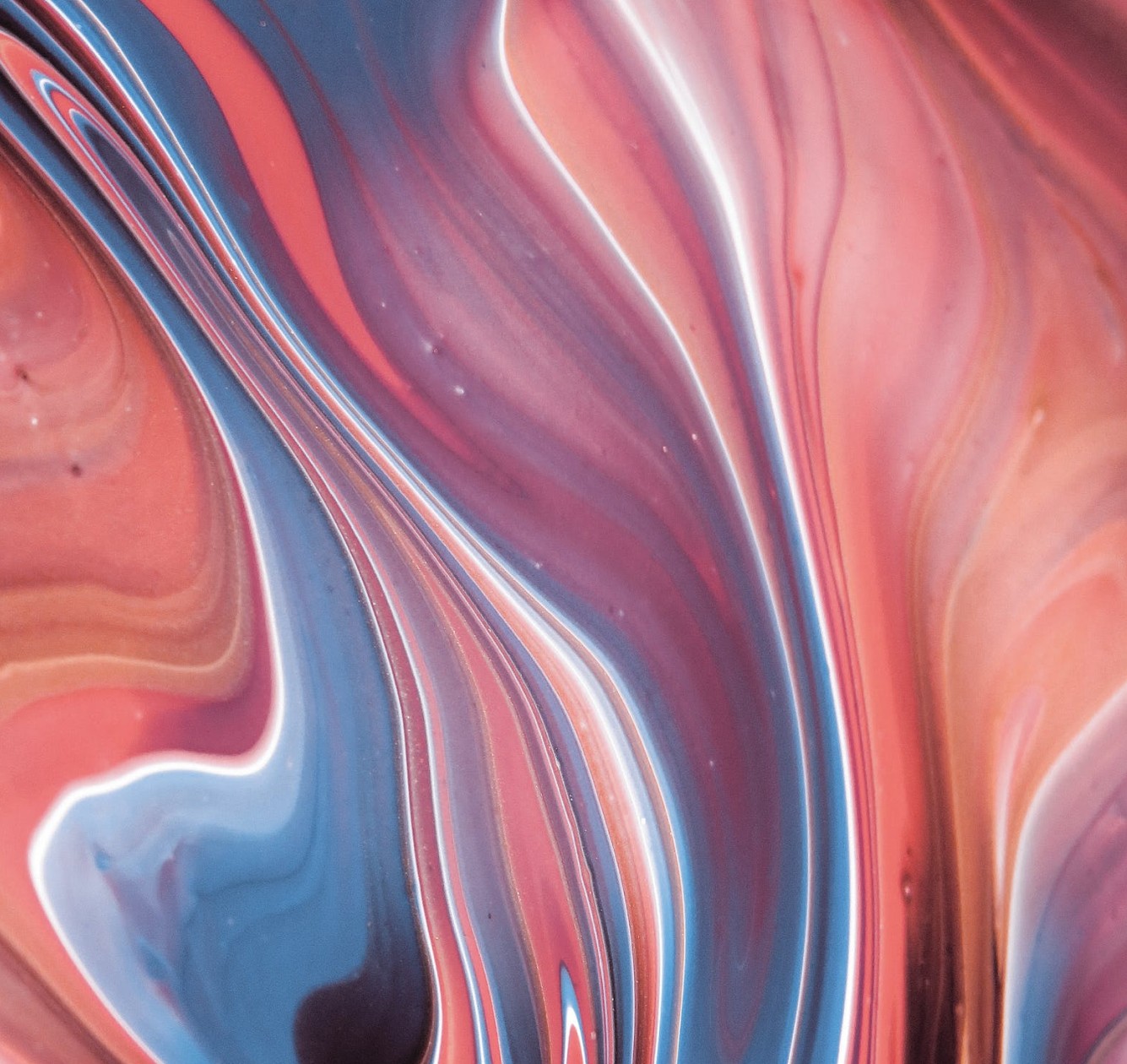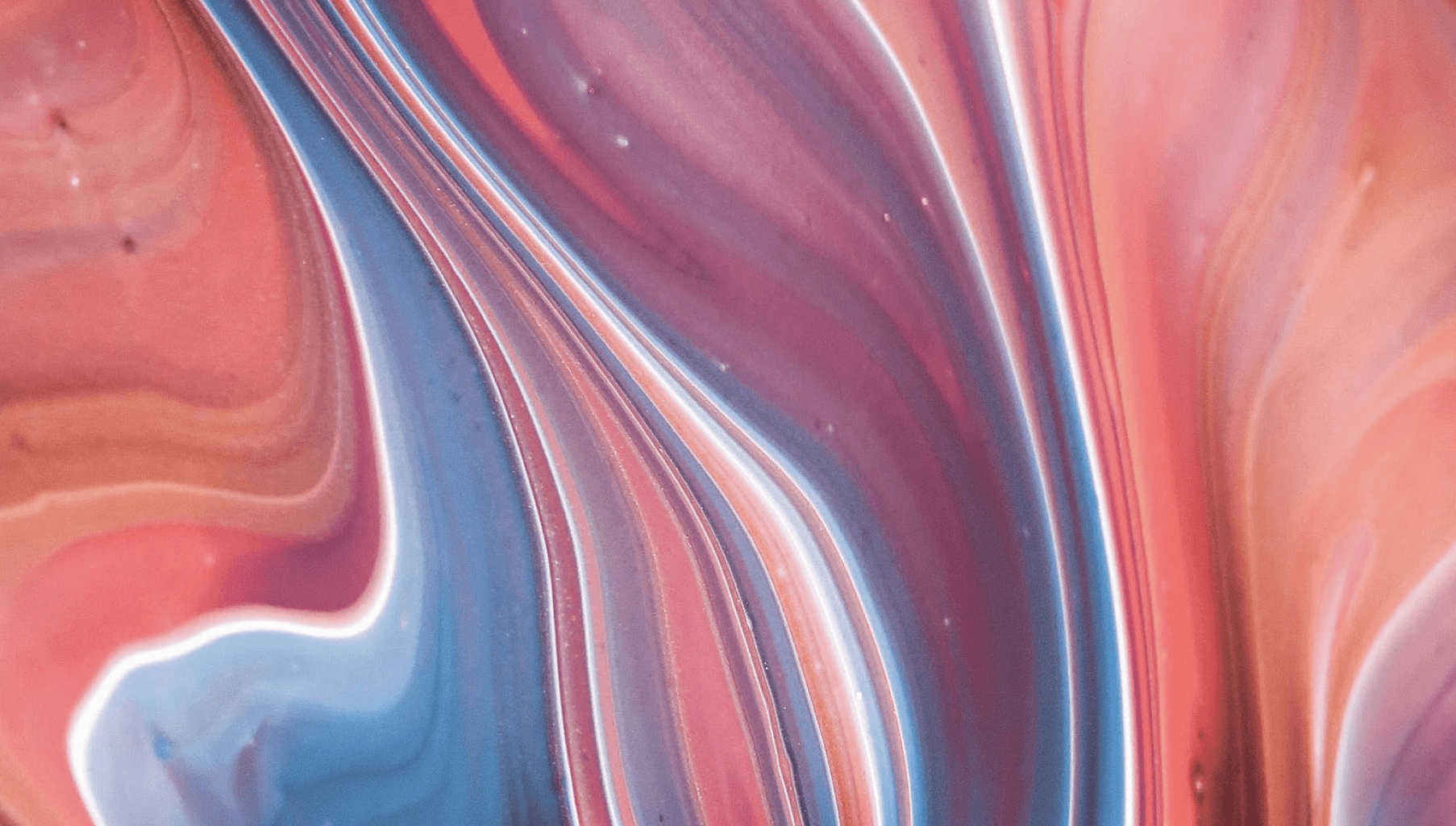Fluidity in photography
Capture movement and emotion with fluid photography techniques. Infuse your photos with energy.
Fluidity in photography
Capture movement and emotion with fluid photography techniques. Infuse your photos with energy.
Fluidity in photography
Capture movement and emotion with fluid photography techniques. Infuse your photos with energy.
Fluidity in photography
Capture movement and emotion with fluid photography techniques. Infuse your photos with energy.




The essence of movement
Capturing the essence of movement and emotion in photography is a skill that can elevate your work to new heights. Fluidity in photography is all about creating images that convey a sense of motion and life, even in still frames.
To achieve fluidity, consider incorporating techniques such as long exposure, panning, and intentional camera movement. Long exposure can blur moving subjects, giving a sense of flow and continuity. Panning involves tracking a moving subject with your camera, resulting in a sharp subject against a blurred background. Intentional camera movement, on the other hand, lets you create abstract images by moving your camera during exposure.

Lighting also plays a crucial role. Natural light can enhance the fluidity of your photos, especially during golden hours when the light is soft and diffused. Experimenting with shadows and highlights can add depth and dimension to your images.
Post-processing is another tool to enhance fluidity. Using software like Photoshop or Lightroom, you can adjust contrast, saturation, and blur to emphasize movement. Techniques such as motion blur can be applied digitally to create the illusion of speed and motion.

Incorporating fluidity
Incorporating fluidity into your photography requires practice and experimentation. Don't be afraid to try new techniques and push the boundaries of your creativity. Over time, you'll develop a unique style that captures the dynamic essence of your subjects.
The essence of movement
Capturing the essence of movement and emotion in photography is a skill that can elevate your work to new heights. Fluidity in photography is all about creating images that convey a sense of motion and life, even in still frames.
To achieve fluidity, consider incorporating techniques such as long exposure, panning, and intentional camera movement. Long exposure can blur moving subjects, giving a sense of flow and continuity. Panning involves tracking a moving subject with your camera, resulting in a sharp subject against a blurred background. Intentional camera movement, on the other hand, lets you create abstract images by moving your camera during exposure.

Lighting also plays a crucial role. Natural light can enhance the fluidity of your photos, especially during golden hours when the light is soft and diffused. Experimenting with shadows and highlights can add depth and dimension to your images.
Post-processing is another tool to enhance fluidity. Using software like Photoshop or Lightroom, you can adjust contrast, saturation, and blur to emphasize movement. Techniques such as motion blur can be applied digitally to create the illusion of speed and motion.

Incorporating fluidity
Incorporating fluidity into your photography requires practice and experimentation. Don't be afraid to try new techniques and push the boundaries of your creativity. Over time, you'll develop a unique style that captures the dynamic essence of your subjects.
The essence of movement
Capturing the essence of movement and emotion in photography is a skill that can elevate your work to new heights. Fluidity in photography is all about creating images that convey a sense of motion and life, even in still frames.
To achieve fluidity, consider incorporating techniques such as long exposure, panning, and intentional camera movement. Long exposure can blur moving subjects, giving a sense of flow and continuity. Panning involves tracking a moving subject with your camera, resulting in a sharp subject against a blurred background. Intentional camera movement, on the other hand, lets you create abstract images by moving your camera during exposure.

Lighting also plays a crucial role. Natural light can enhance the fluidity of your photos, especially during golden hours when the light is soft and diffused. Experimenting with shadows and highlights can add depth and dimension to your images.
Post-processing is another tool to enhance fluidity. Using software like Photoshop or Lightroom, you can adjust contrast, saturation, and blur to emphasize movement. Techniques such as motion blur can be applied digitally to create the illusion of speed and motion.

Incorporating fluidity
Incorporating fluidity into your photography requires practice and experimentation. Don't be afraid to try new techniques and push the boundaries of your creativity. Over time, you'll develop a unique style that captures the dynamic essence of your subjects.
The essence of movement
Capturing the essence of movement and emotion in photography is a skill that can elevate your work to new heights. Fluidity in photography is all about creating images that convey a sense of motion and life, even in still frames.
To achieve fluidity, consider incorporating techniques such as long exposure, panning, and intentional camera movement. Long exposure can blur moving subjects, giving a sense of flow and continuity. Panning involves tracking a moving subject with your camera, resulting in a sharp subject against a blurred background. Intentional camera movement, on the other hand, lets you create abstract images by moving your camera during exposure.

Lighting also plays a crucial role. Natural light can enhance the fluidity of your photos, especially during golden hours when the light is soft and diffused. Experimenting with shadows and highlights can add depth and dimension to your images.
Post-processing is another tool to enhance fluidity. Using software like Photoshop or Lightroom, you can adjust contrast, saturation, and blur to emphasize movement. Techniques such as motion blur can be applied digitally to create the illusion of speed and motion.

Incorporating fluidity
Incorporating fluidity into your photography requires practice and experimentation. Don't be afraid to try new techniques and push the boundaries of your creativity. Over time, you'll develop a unique style that captures the dynamic essence of your subjects.


